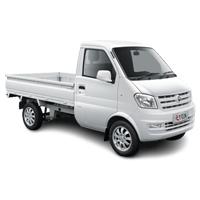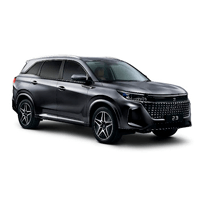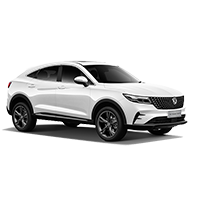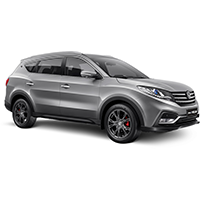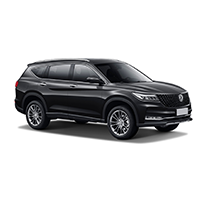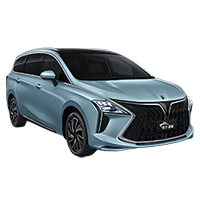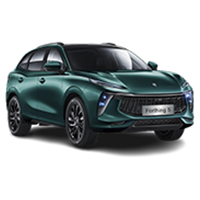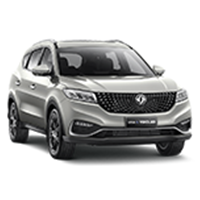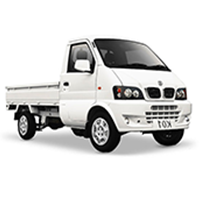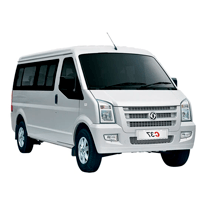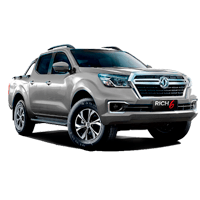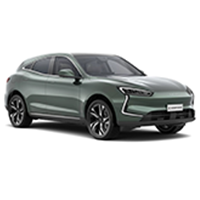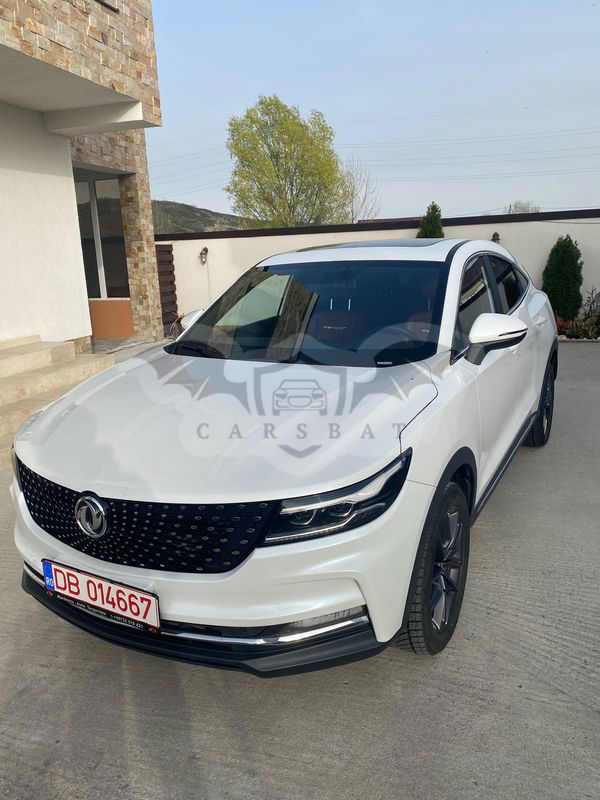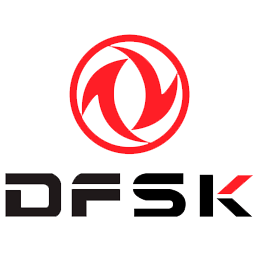
Catalog / DFSK
DFSK: Affordable Chinese Innovation on European Roads
DFSK, which stands for Dongfeng Sokon, is a relatively young but rapidly growing Chinese automaker that has been making waves in the global automotive market. The brand was born out of a joint venture between two major Chinese companies: Dongfeng Motor Corporation, one of China's largest auto manufacturers, and Chongqing Sokon Industry Group, a company with expertise in mini truck production.
The joint venture was established in 2003, with the primary goal of producing compact commercial vehicles and passenger cars. DFSK's early focus was on creating affordable, reliable vehicles for the Chinese market, but it didn't take long for the company to set its sights on international expansion.
One of the most significant milestones in DFSK's history came in 2011 when the company began exporting its vehicles to overseas markets. This move marked the beginning of DFSK's global ambitions and its entry into the European market.
In 2018, DFSK made headlines by introducing its lineup to the UK market, offering a range of compact vans and SUVs. This expansion into Europe was a bold move, challenging established brands with competitively priced vehicles that didn't compromise on features or quality.
The DFSK Glory 580, launched in 2016, became one of the brand's most successful models. This mid-size SUV garnered attention for its spacious interior, modern design, and competitive pricing, helping to establish DFSK as a serious contender in the affordable SUV segment.
In recent years, DFSK has been making significant strides in electric vehicle (EV) technology. The introduction of the DFSK EC35 electric van in 2019 showcased the brand's commitment to sustainable mobility solutions. This move aligns with global trends towards electrification and positions DFSK as a forward-thinking automaker.
DFSK's approach to vehicle design and manufacturing is characterized by a focus on practicality, affordability, and increasingly, technology. The company has been investing heavily in research and development, particularly in the areas of electric powertrains and smart connectivity features.
As of 2024, DFSK continues to expand its presence in Europe, offering a range of vehicles from compact city cars to spacious SUVs and commercial vans. The brand's strategy of providing well-equipped vehicles at competitive price points has resonated with budget-conscious consumers looking for value without sacrificing quality.
While DFSK may not yet have the brand recognition of some of its more established competitors, its rapid growth and commitment to innovation suggest a promising future. As the automotive industry continues to evolve, with a growing emphasis on electrification and sustainability, DFSK is positioning itself to be at the forefront of these changes, particularly in the affordable vehicle segment.

